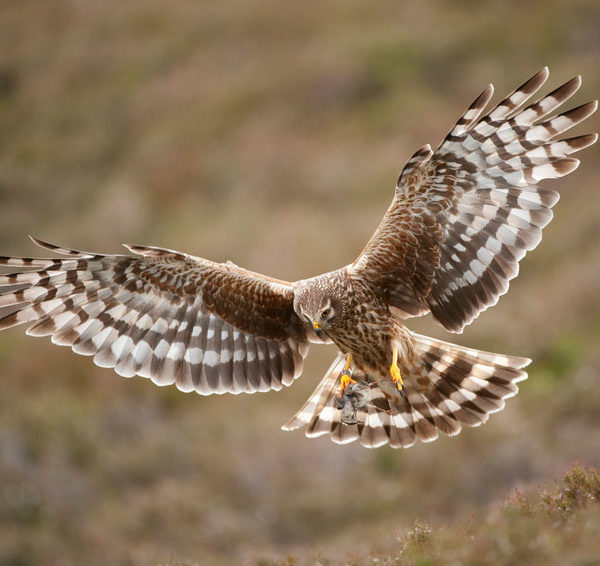Key Facts
- Length: 48-55cm
- Wingspan: 1.1m
- Weight: 350-500g
- Average Lifespan: 7 years
Hen harriers nest on the ground amongst heather on upland moorlands and winter in the lowlands, particularly around the coast, on heathland and on farmland.
They are currently the most endangered breeding bird of prey in England: hen harriers feed on small grouse and fowl (hence their name) which brings them into conflict with gamekeepers and farmers.
How to Identify
Hen harriers are slim birds. Males are blue-grey with a white rump, pale underside and black wing tips. Females are brown above, streaky below, with a white rump and a banded tail.
Where to Find
Nests in Scotland and parts of upland Wales, Northern Ireland and the Isle of Man. Only a tiny handful of pairs now nest in parts of upland England. Winters in small and decreasing numbers throughout Britain.
How People Can Help
Hen harriers are one of our most persecuted birds, shot and poisoned for taking game species. Coupled with widespread damage to their wetland and heathland habitats, they have suffered massive declines. Various initiatives are now in place to help this beautiful bird to survive. The Wildlife Trusts are working closely with farmers and landowners towards a ‘Living Landscape’: a network of habitats and wildlife corridors across town and country which are good for both wildlife and people. You can support this greener vision for the future by joining your local Wildlife Trust.
Did you know?
Female hen harriers are known as ‘Ring-tails’ due to the distinctive tail banding. Both females and males attend the young – the males providing food which is often passed, mid-air to the female, in a spectacular display of ‘throw and catch’.
Similar Species
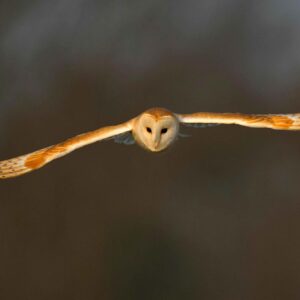
Barn Owl
- Birds
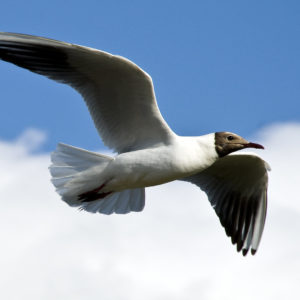
Black-Headed Gull
- Birds
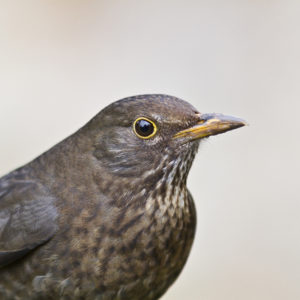
Blackbird
- Birds
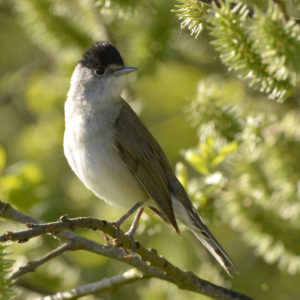
Blackcap
- Birds
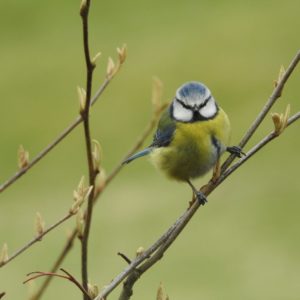
Blue Tit
- Birds
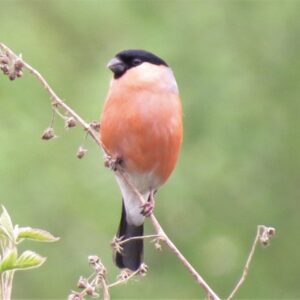
Bullfinch
- Birds
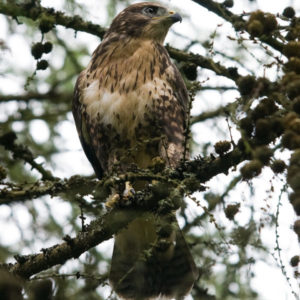
Buzzard
- Birds
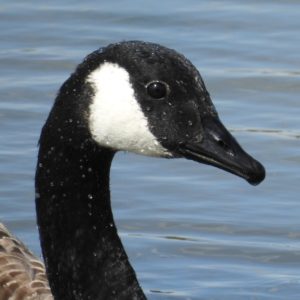
Canada Goose
- Birds
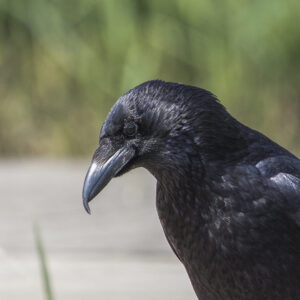
Carrion Crow
- Birds
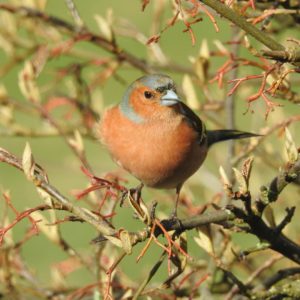
Chaffinch
- Birds
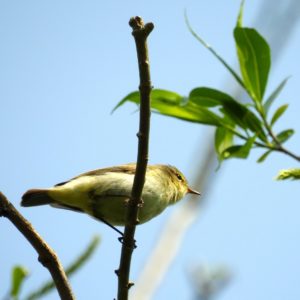
Chiffchaff
- Birds
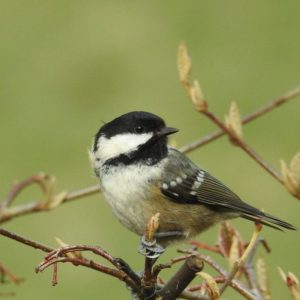
Coal Tit
- Birds
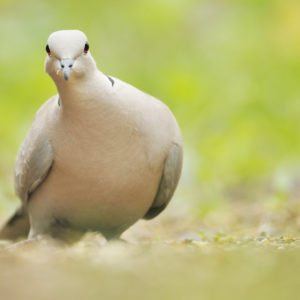
Collared Dove
- Birds
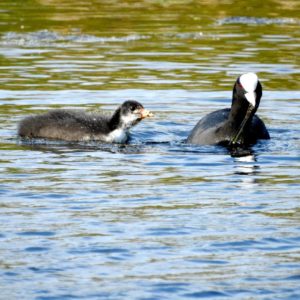
Coot
- Birds
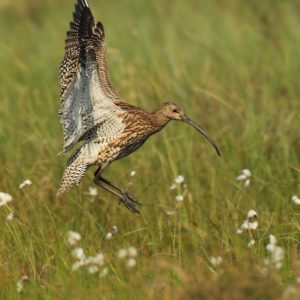
Curlew
- Birds
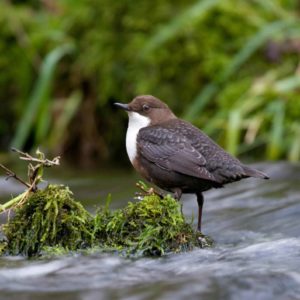
Dipper
- Birds
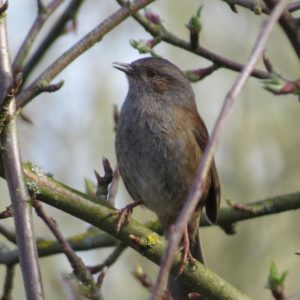
Dunnock
- Birds
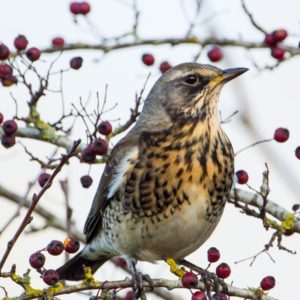
Fieldfare
- Birds
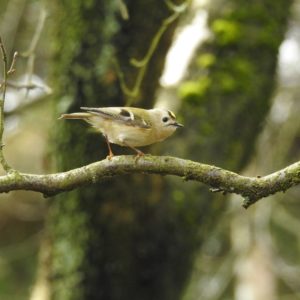
Goldcrest
- Birds
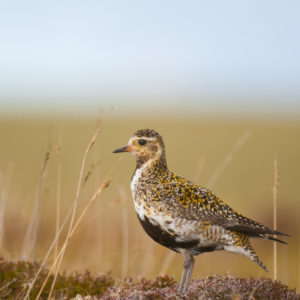
Golden Plover
- Birds
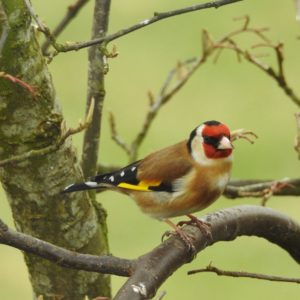
Goldfinch
- Birds
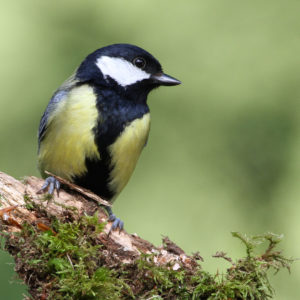
Great Tit
- Birds
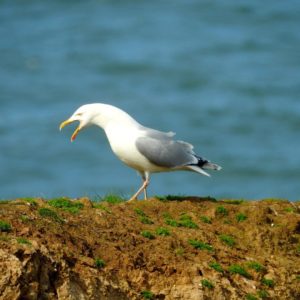
Herring Gull
- Birds
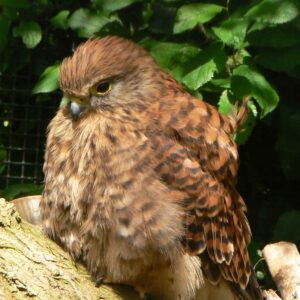
Kestrel
- Birds
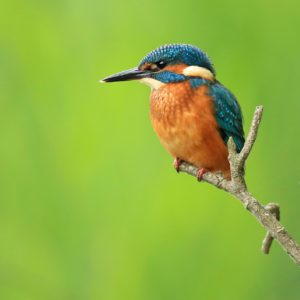
Kingfisher
- Birds
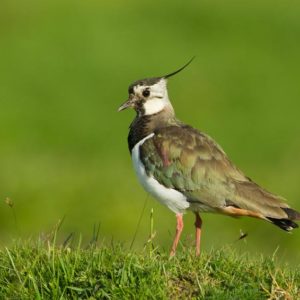
Lapwing
- Birds
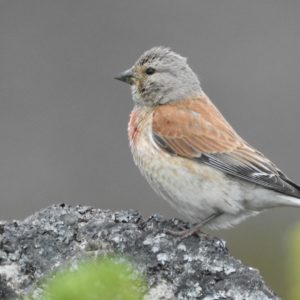
Linnet
- Birds
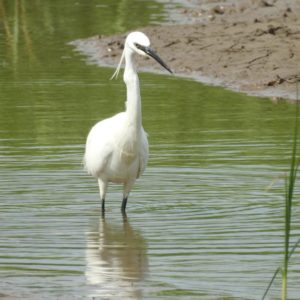
Little Egret
- Birds
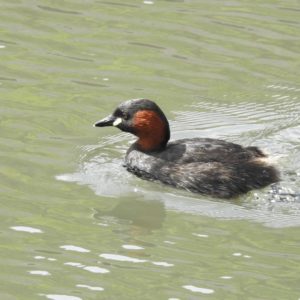
Little Grebe
- Birds
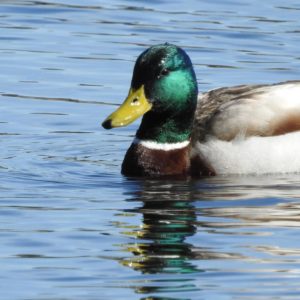
Mallard
- Birds
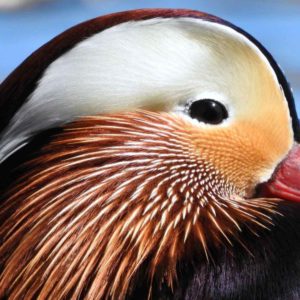
Mandarin Duck
- Birds
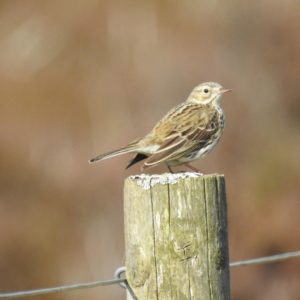
Meadow Pipit
- Birds
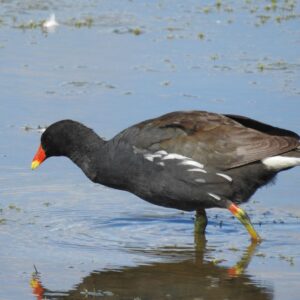
Moorhen
- Birds
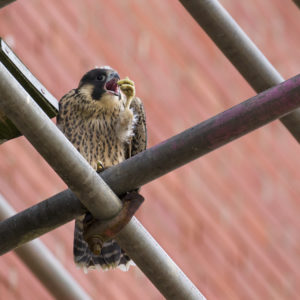
Peregrine falcon
- Birds
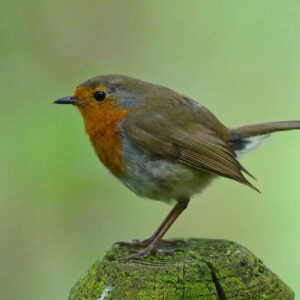
Robin
- Birds
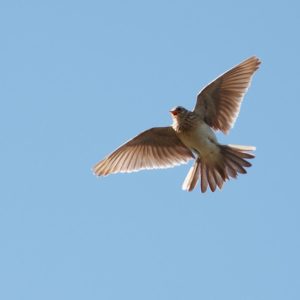
Skylark
- Birds
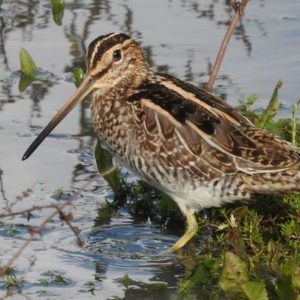
Snipe
- Birds
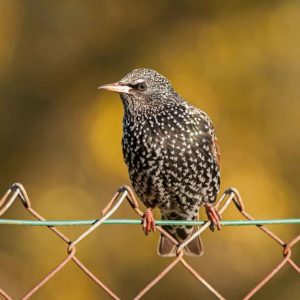
Starling
- Birds
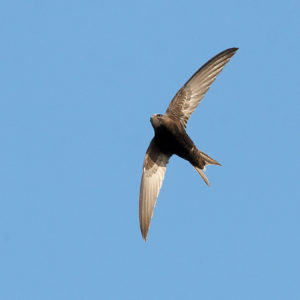
Swift
- Birds
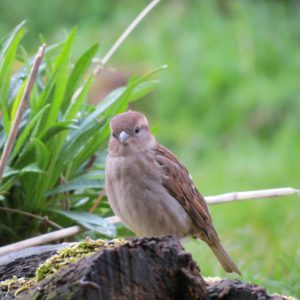
Tree Sparrow
- Birds
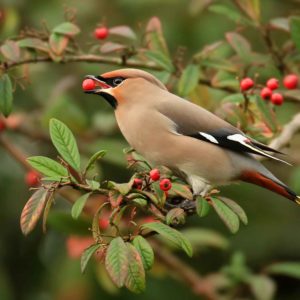
Waxwing
- Birds
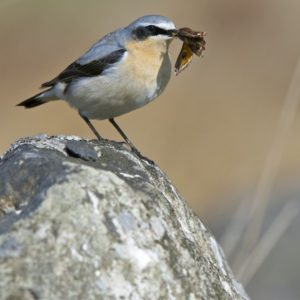
Wheatear
- Birds
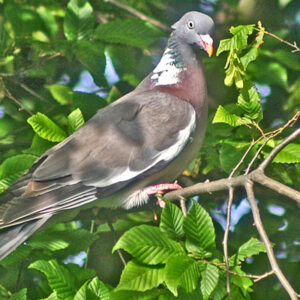
Wood Pigeon
- Birds
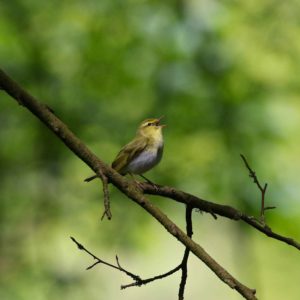
Wood Warbler
- Birds
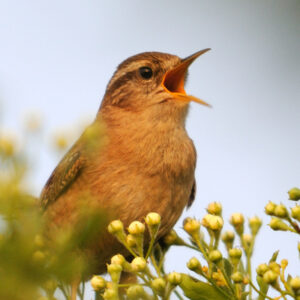
Wren
- Birds
